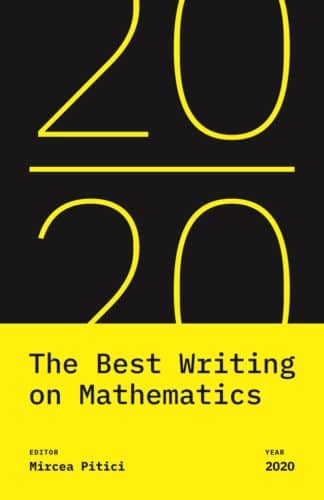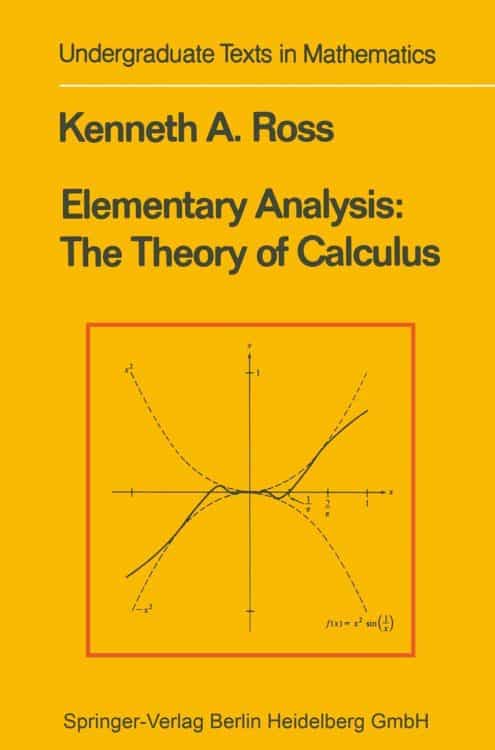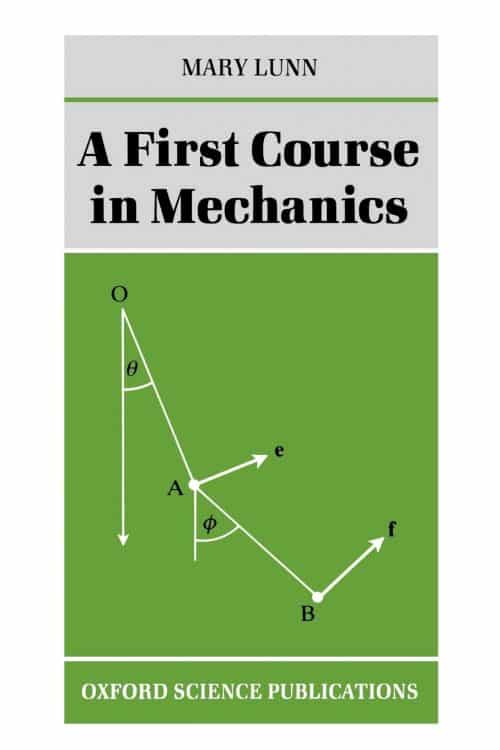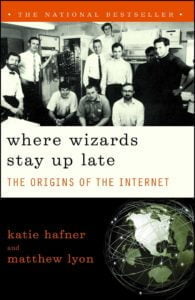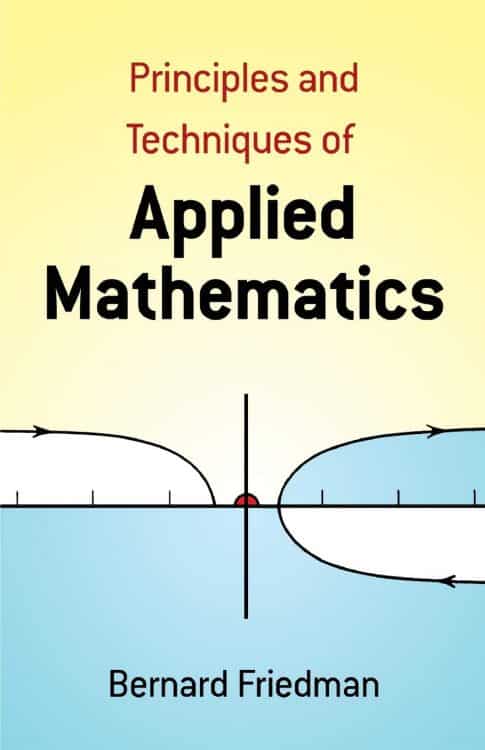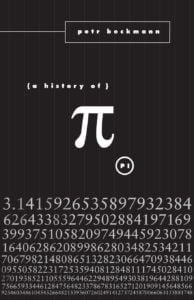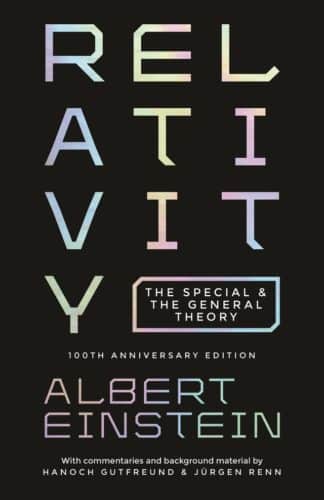“Numerous items, including soccer balls, jewels, Buckminster Fuller’s structures, and enormous all-carbon molecules, have structures that Leonhard Euler’s polyhedron formula can describe. Even a youngster can understand Euler’s formula because it is so straightforward. The fascinating history of this fundamental mathematical concept is told in Euler’s Gem.
Euler’s Gem honors the discovery of Euler’s cherished polyhedron formula and its profound influence on topology, the study of shapes, from ancient Greek geometry to contemporary cutting-edge research. In 1750, Euler discovered that the equation V-E+F=2 holds true for any polyhedron with V vertices, E edges, and F faces. According to David Richeson, the Greeks completely missed the formula, Descartes came close to finding it but fell short, and nineteenth-century mathematicians expanded the formula’s application in ways that Euler never foresaw by adapting it for use with doughnut shapes, smooth surfaces, and higher-dimensional shapes, and twentieth-century mathematicians discovered that every shape has its own Euler’s formula. Richeson demonstrates the formula’s many elegant and unexpected applications with the help of wonderful examples and a ton of illustrations. For instance, he demonstrates why there is always some windless place on earth, how to calculate the size of a tree farm by counting trees, and how many crayons are required to color any given map.
Euler’s Gem will enthrall any math enthusiast because it features a who’s who of talented mathematicians who challenged, improved, and helped to construct a stunning theorem.”.


